Lies of P Review
Xbox Series X|S
Lies of P is an excellent attempt to mimic the Souls formula, which almost reaches the same level of polish as FromSoftware's titles.
Reviewed by Rayan on Sep 22, 2023
An intriguing notion can be found in Lies of P, a recent Souls-like developed by Neowz in which we assume the role of Pinocchio in a grim and twisted retelling of the classic fable. For a studio attempting to create a Souls-inspired game for the first time, it looks rather good.
They succeeded admirably in recreating a Bloodborne atmosphere. Lies of P faces a huge uphill battle because FromSoftware's IP has generated a number of imitators and inspired even more; nonetheless, the most successful of these games never go anywhere near the sun.
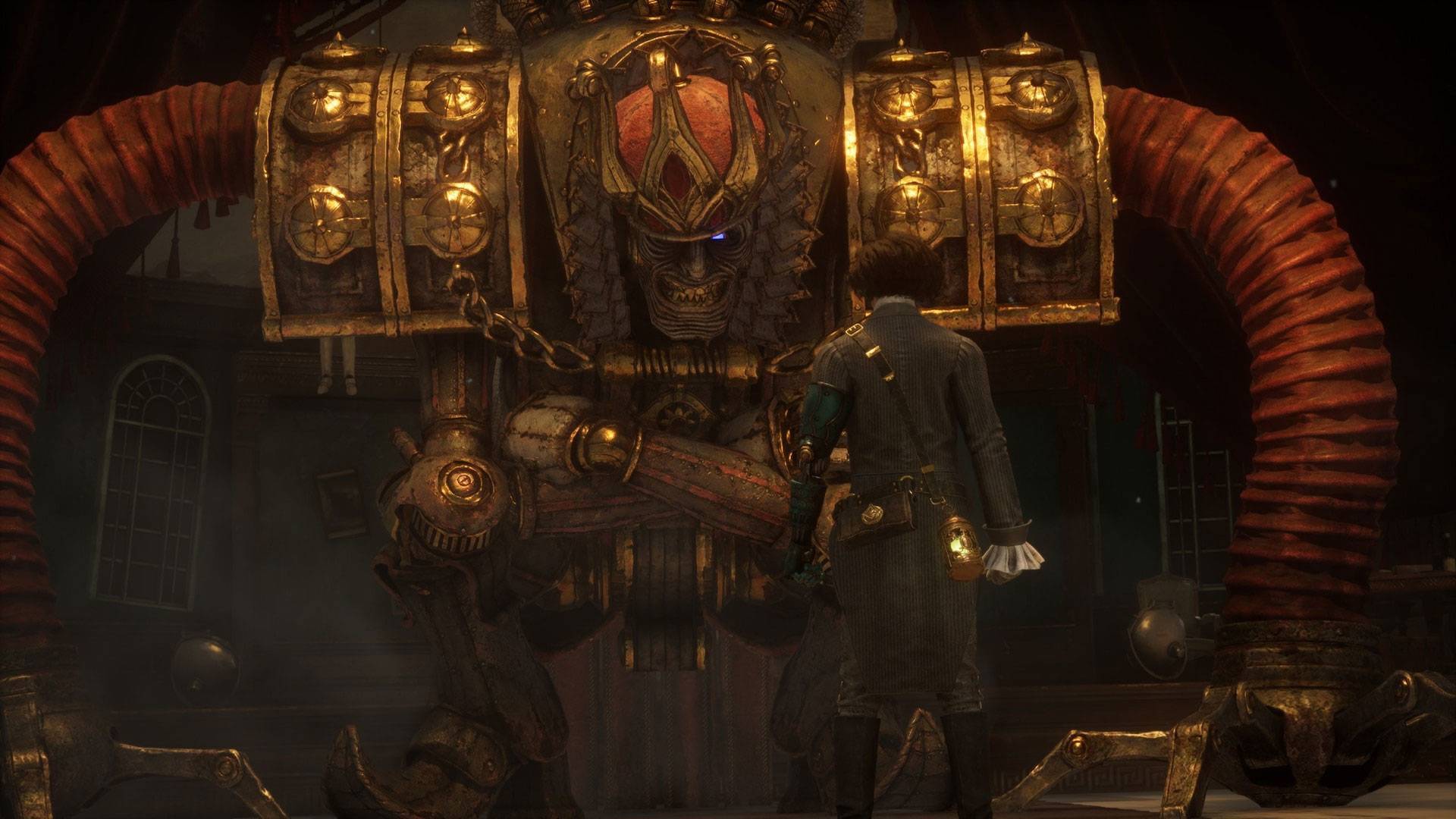
It's hard to avoid drawing parallels to Bloodborne at the outset, but after putting in a few hours, you'll find that Lies of P has carved out its own unique identity and makes clever use of its mechanics to build upon the Souls formula, transforming into a fantastic action RPG that can hold its own against the best games in the genre. Despite its linear structure and heavy emphasis on storytelling, the game provides a welcome change of pace from the current glut of sprawling, open-world adventures.
The city of Krat is under siege from a horde of murderous puppets who went on a rampage and assaulted everyone, and a plague described as the petrification illnesses is spreading across the island. You play as one of Gepetto's puppets as you explore the post-apocalyptic town of Krat with your trusty companion, Gemini, looking for a cure for the puppet craze and the petrification sickness it has brought upon the citizens. You take on the role of the puppet who awakens on a train at the behest of an unnamed voice who, in essence, wants us to cope with the island's puppet hysteria and the epidemic.
As expected, this sends us on a big adventure, during which we encounter all kinds of monstrosities brought on by the plague and the puppet mania. What intrigues the story is that, like Pinocchio's tale, it hinges on whether or not to speak the truth. There are a variety of situations in which you can lie or be honest, each of which can result in one of three possible outcomes. Indeed, your choices during the game won't have an impact on the story much; in a few instances, you'll receive a different reward than you otherwise would.
While the game's structure is mostly linear, navigating it is, for the most part, uncomplicated, and there isn't much room for exploring beyond where you are meant to be. However, once you've completed the story, you can switch to NG+ mode to either see the endings or grind away at the challenge, etc., whatever floats your boat. The narrative is very deep, and if you thoughtfully peruse everything, the story will feel fairly logical, which for a Souls-like is a bit of a rarity.

Stargaze checkpoints function similarly to save locations in other Souls-like, and the gameplay and world are otherwise fairly similar. You'll be doing much of your upgrading and talking to characters at Hotel Krat, where you can reset all the enemies in an area and perform other tasks, such as leveling up and changing out your Legion arm.
At the Hotel Krat, you'll meet many NPCs, and many of these characters also include their own little side quests that you can sort of unearth if you make certain choices in particular areas, which will reveal a bit more about them.
The universe of Lies of P is fascinating. It has a style that is reminiscent of the Victorian era. Later on, however, you'll encounter bogs and cathedrals, so overall, the game's mood is fantastic, especially considering it's based on an old fable. And that grittiness and darkness are played up prominently in this interpretation. Many of the settings manage to be both whimsical and ethereal as well as oppressive and frightening. Which, in my opinion, is the game's strongest suit and gives every location an appropriately sinister vibe.
The core focus of Lies of P is, unsurprisingly, on the combat, and obviously, there are a lot of them. And like most Souls-like, parrying, blocking, and dodging are the base mechanisms. Blocking or perfect blocking an enemy's strike is essential against the vast majority of enemies since you'll be dealing a huge amount of damage. Now, when you block normally, you'll still take damage but also get a guard to regain—the lighter red area of your health bar that appears after you've been hit. After this happens, each damage you deal to an enemy restores your health up to the point where the red light is still on.
If you receive a hit again, this portion of your health will disappear. This is supposed to encourage you to keep pressing forward in your quest to increase your health. However, that can be tempered by a flawless guard or a parry for short. Timing this correctly will prevent you from receiving damage from an opposing strike and put you in a better position to launch a counterattack. However, if you're good at timing your attacks with the enemies, most of the game's combat shouldn't be too difficult. The difficulty lies in situations where the enemies are hitting you several times rapidly or their timing changes mid-combo.
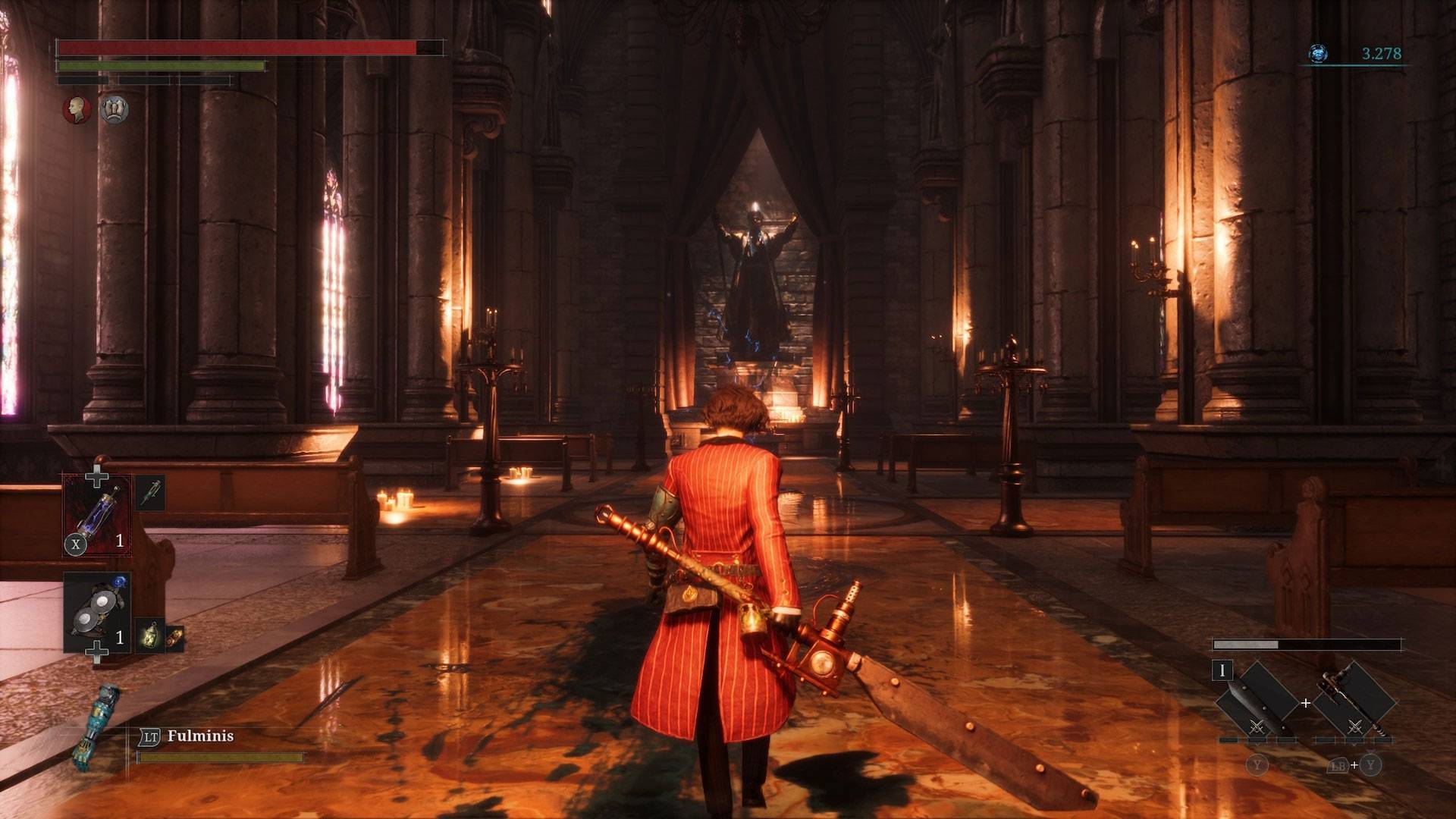
Lies of P begins with a brief warning about the game's difficulty; it's Souls-like, after all, and that genre is notoriously difficult, and Lies of P is no exception. As challenging as the game may be, it is not impossible. It incorporates the hallmark combat features of FromSoftware's flagship games while offering significantly fewer possibilities.
Due to the lack of magic, bosses must be fought via close-quarters combat, with players having to exchange hits. The ability to block and parry, or guard, as the game calls it, and to time those movements properly or nearly flawlessly is crucial in this game. You can probably prevail despite your lack of skill, but it will be much less difficult if you can master that approach and put it to good use.
Therefore, it goes without saying that you can't just go around wreaking havoc on enemies and assume to beat anything more complex than a simple tiny enemy. However, maintaining the ability to accomplish everything requires Stamina, and if you deplete your supply, you'll be vulnerable to attacks. While our protagonist can switch between light and heavy attacks, any contact with an enemy will cause a stagger meter to fill.
When an enemy's health bar begins to glow white, stagger has been achieved, and a charged heavy strike will knock them down, making them vulnerable to a fatal attack, which is a heavy chain attack. When you sneak up on an enemy from behind, you can stun them and deliver a fatal blow with a powerful strike combo. This is useful in almost any situation when you need to incapacitate an opponent or boss rapidly.
However, in Lies of P, enemies' rage assaults add a layer of difficulty to the situation. When an enemy flames red, it indicates a rage attack—a high-damage ability that you must flawlessly parry or take a lot of damage and often get knocked down. However, your weapon's durability will suffer if you constantly use it for offense and defense. The grinder we have can fix our toughness and take care of this problem. Regardless, visiting a stargazer or other NPC will reset and heal our durability for a period.
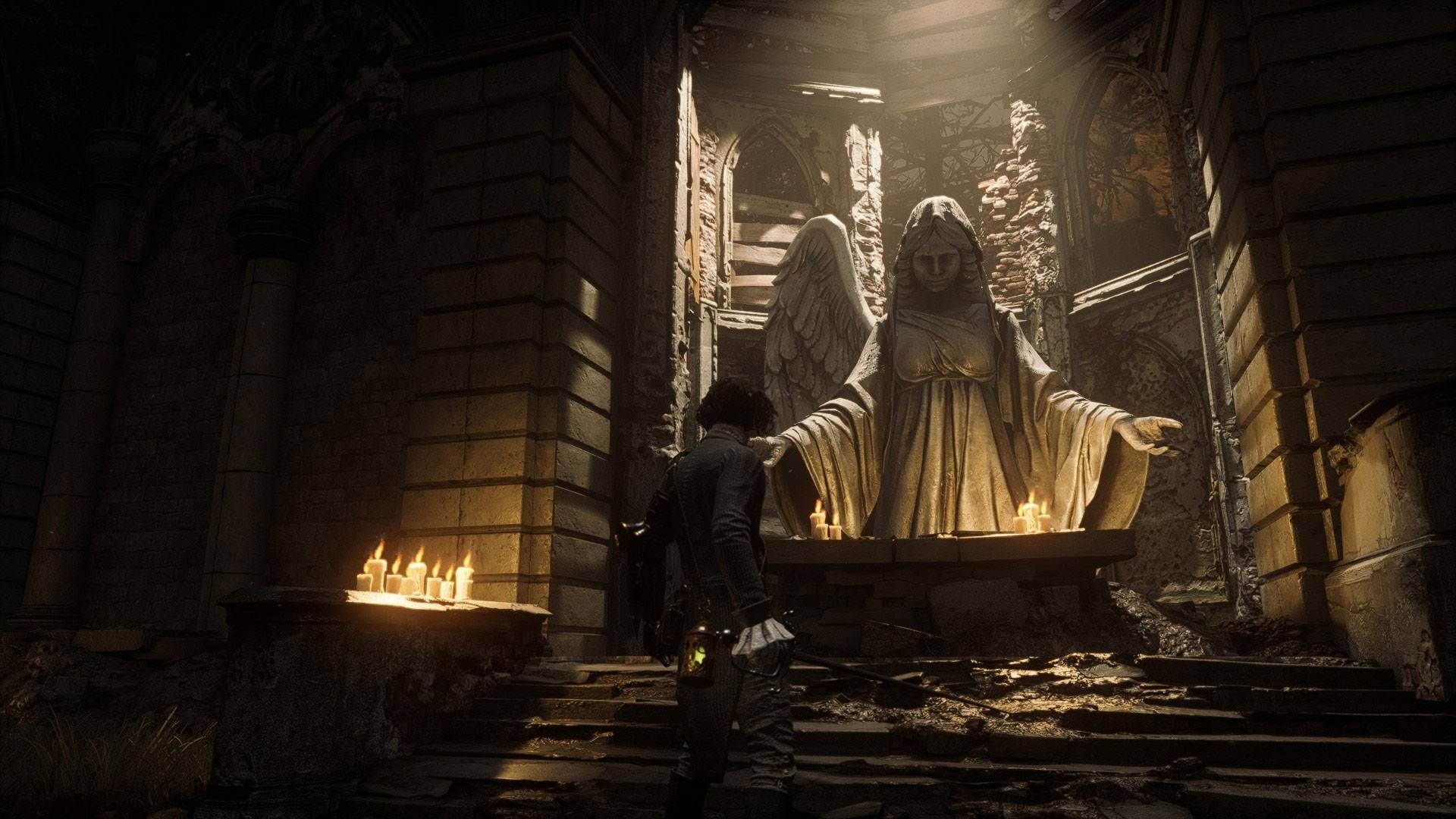
If you have a certain status effect, such as Decay, built up on your character, it will actively wear away at your weapon's durability. In the game's later stages, when you have access to numerous buffs and items that increase weapon durability, this becomes much less of a concern than it was in the beginning. Your attack power will be severely diminished if your weapon breaks when its durability reaches zero, and you won't be able to get it fixed unless you can locate a stargazer.
However, if you're particularly good at perfectly blocking, you can do this to your enemies as well; in fact, much of what this does is damage an enemy's weapon. And then there are the Fable Arts. Your Fable Art, or special attack, will be displayed as a menu choice next to the blade of the weapon you have equipped. This meter fills up as we take damage or restore health, and when it's full, we can unleash a devastating special strike. And it's not just about making the damage statistics higher; there's a lot of variability in the weapon assembly, too, in addition to giving each weapon its identity.
Moreover, there are many forms of damage to begin with. Every one of our weapons can deal physical and, in some cases, elemental damage. Apart from the physical damage you can cause or deal with, there are other forms of elemental damage. Besides the standard physical damage, certain weapons have an elemental damage type. Choosing weapons dealing with both will apply the status effect if you hit them adequately. This means you can inflict the same status effects on your enemies that they can apply to you.
However, the combat in Lies of P can be frustrating, especially in its latter stages, and it will depend heavily on your ability to anticipate and successfully block your opponent's strikes. A few issues with the game's combat are worth highlighting apart from the general intended difficulties. One apparent pattern is some enemies' repetitive use of the same strike combo, particularly bosses.

Another much larger issue is that enemies sometimes force you to a corner and then rush up on you; at this point, you cannot move out of the corner, and you're basically dead since you have no view of the enemy to block their strikes. You cannot move past them to break out of the corner, and it gets worse when the camera angle isn't helping. Parries and perfect blocks are great when you're playing defensively, but they can back you up and force you into a corner if you're not careful.
As you might expect, there are many bosses spread throughout the game, but the biggest ones all appear at the end of each level. Although the first two bosses are rather easy to defeat, after the third one, every major boss for that level, except for one or two that use a slightly different mechanic, will have a second phase in which their health bar will be fully replenished. It's aggravating when the two phases of a boss fight have completely distinct move sets, compounded by the fact that you have to complete both consecutively after every level.
This is why the game's ending was particularly challenging. Fortunately, a few bosses don't have this and instead employ other, more engaging concepts; still, although this isn't impossible, I wish they had occasionally chosen to do things differently. Nonetheless, while that aspect grew a bit repetitive, I think the combat is decent enough to compensate, though obviously, that's a matter of taste.
However, for the most part, in Lies of P, you may easily eliminate non-boss enemies by just blocking their strikes. And to help those struggling, a Specter is available to aid you in the boss fight for nearly every big monster, though not every single one. In other words, a summonable sidekick that can attack the boss and draw its attention away from you so that you may concentrate on inflicting damage rather than blocking. A Wish Stone, obtained slightly later in the game, is a consumable item that can be modified to benefit either the player or the Specter during certain boss encounters, helping to mitigate the Specter's somewhat lackluster AI.
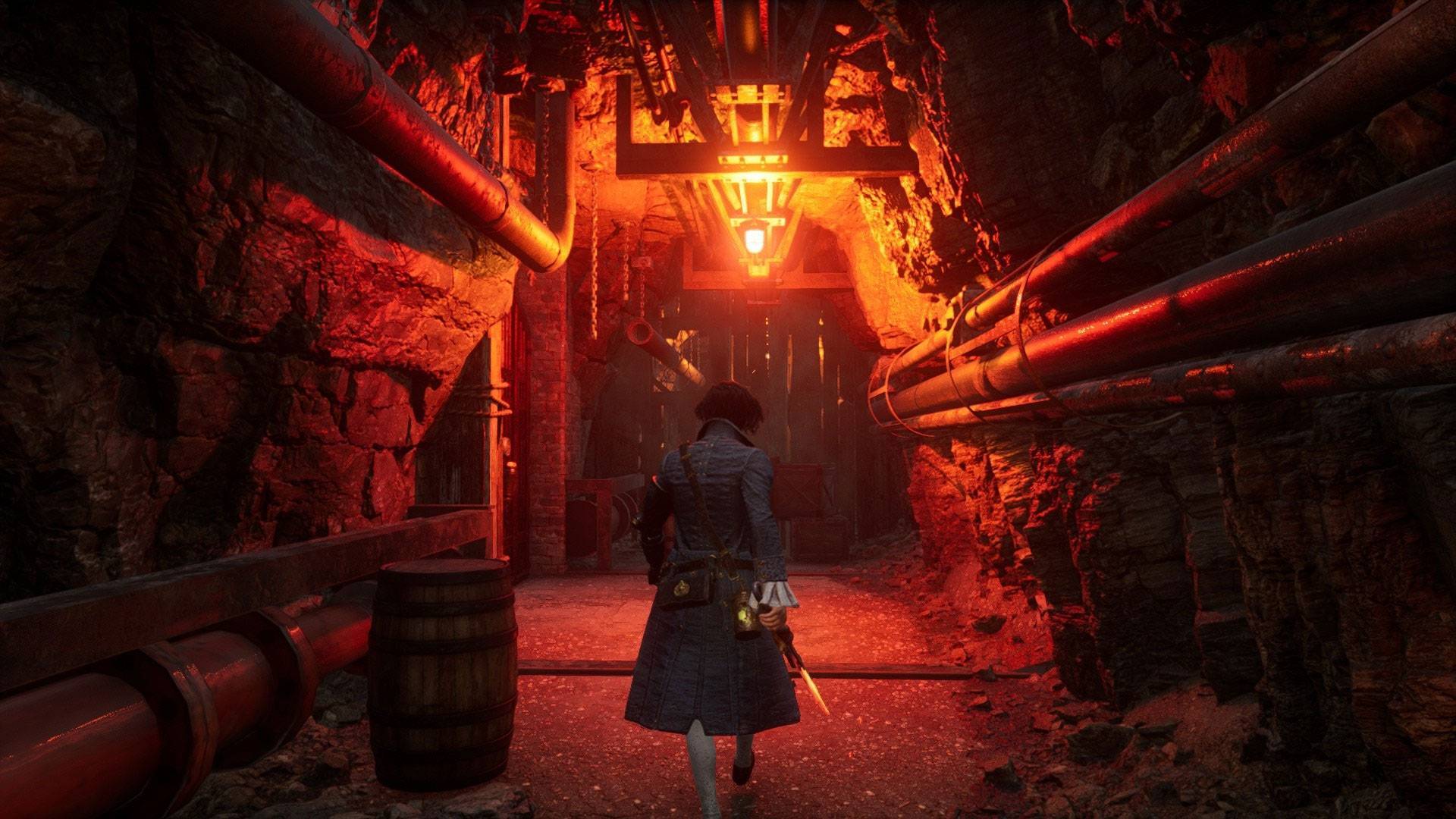
While we'll always be playing a version of the same character, how that character is constructed will shift over time. Leveling up and gaining more stats is a good place to start. Like most Souls-like, our experience and currency are called Ergo, and we collect it by killing foes; we then use this Ergo to level up by spinning a meter. You can raise one of our six attributes to a higher level as you gain levels. There are three different options available as beginning points for the game. You can make as many changes as you like from here on out, and one of the six statistics can be improved.
All you need to do is focus on improving your Vitality, Vigor, and Capacity, as these three attributes directly affect our Health, Stamina, and Weight, and carrying too much equipment can make us more vulnerable to attack. However, the other three metrics are our Damage output. Damage from several weapons and items scales based on the user's level or the value of a certain attribute. As such, it makes sense to focus on improving the damage stat you actually use.
But things get exciting once you start investigating the game's weapons and tools. The weapons are the most intriguing since they will determine how you play and fight enemies. There are various weapons to choose from, both common and uncommon. With unique special attacks and other features, each weapon also comes with a unique handle that opens a new layer of depth to the game's standard weaponry. A little time into the game, you'll unlock the ability to build weapons, allowing you to personalize the blade and handle. The blade of your weapon can now be improved by using different materials you acquire.
However, swapping out the handle can alter the weapon's characteristics and how it swings. This gives you the freedom to tailor the swing and movement of any weapon to your personal preferences by basing its scaling on whichever stat you like most. The blades decide the weapon's special attack, and the system allows for much customization outside what would typically be possible. Besides the beyond weapons, other equipment slots can be upgraded to improve defenses against specific types of damage. And then there's also the Legion arm, which, as you can see, is a mechanical appendage that can be swapped out for one with a different ability.
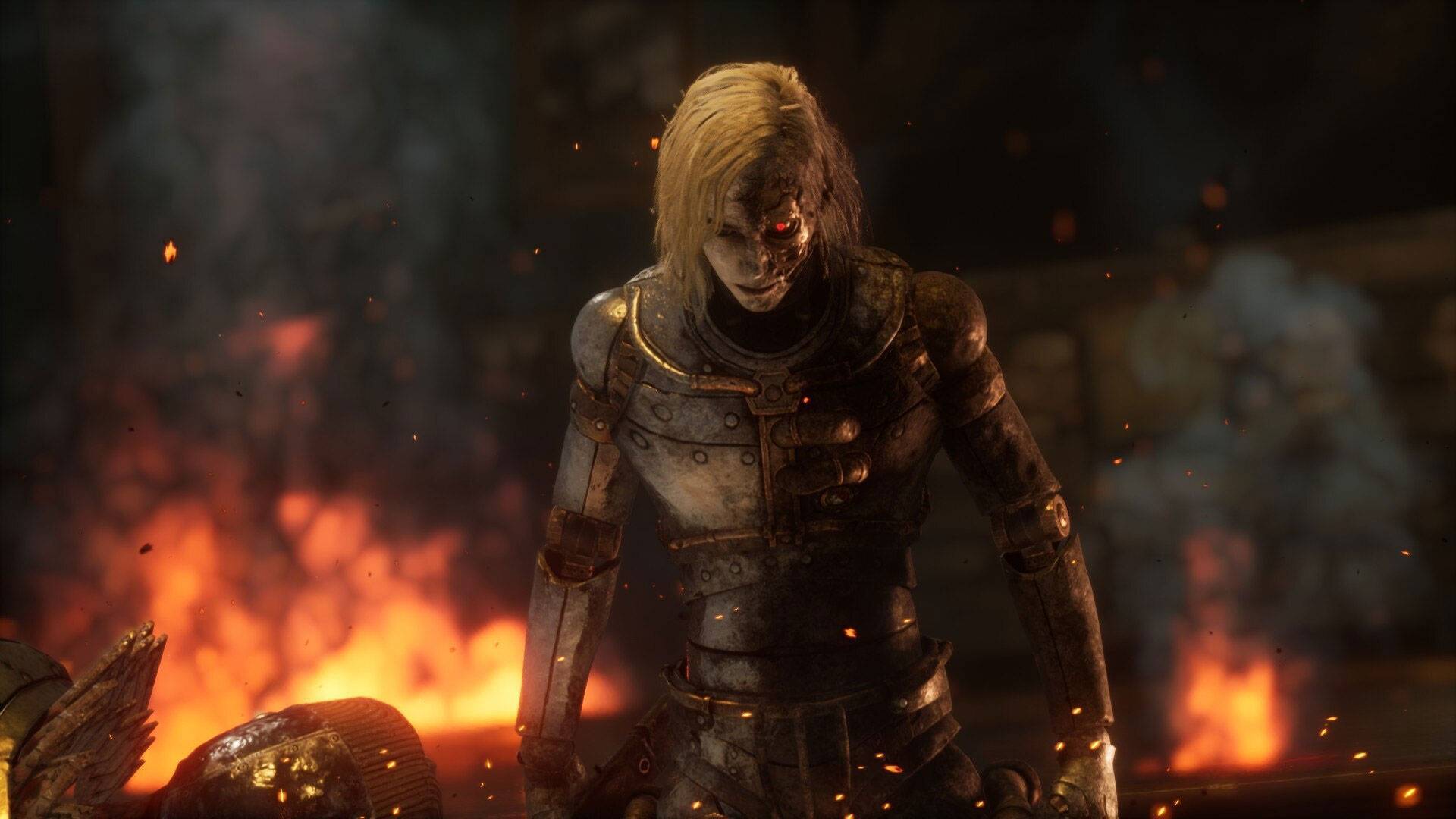
Once you progress through the game, you unlock options to modify your character's mechanical heart, granting you additional bonuses. This is segmented into phases, and inside each phase are sub-phases into which we can insert a unique mineral called quartz. Each quartz you collect allows you to place one of four distinct buffs into an upgrade slot. There is a limit of one upgrade per slot. Having all the slots filled out in a node provides an additional passive bonus on top of the bonuses gained from the materials.
While there is a cap on the number of upgrades weapons and items can receive, you can keep finding extra quartz to fill this organ, making you more powerful that way, in addition to just keeping to level up. Once you've progressed a good distance into the game, however—around 60%—you'll have access to various upgrade options, making it possible to respect everything. So, you can always go back and change your mind or try again if something goes wrong. You'll have to put in some serious game time before you reach that threshold, though.
In general, the game appears to have a lot of trouble with its level of difficulty, as it is possible to go through long stretches of relatively simple gameplay before being confronted by a boss or miniboss that is unreasonably challenging compared to what came before it. However, if you need assistance, you can call upon a Specter to fight alongside you as an NPC companion, as there is no multiplayer component in this game.
As a result, there will be times when you are charging a powerful attack, yet any routine attack from the enemy will derail your plans. How frustrating would it be to use a three-bar Fable Art just to have a standard assault come in and cancel it off at the last second? Because of this, there is a chance that you will be stunned to death if an opponent launches a series of five or more consecutive attacks.
However, I did not experience crashing or other issues when playing Lies of P. The camera wasn't always helpful, especially when pushed into a corner, but those were rare occurrences. Neowiz Games and Round8 controversially added a third-party program called Denuvo DRM to Lies of P before its release. Third-party DRM is often irritating, and there are solid reports that it will negatively impact the performance of some games.
It had some imperfections here and there, but I don't think the developers outweigh how effectively the game executes everything it's attempting to do, making it an outstanding experience overall. It's apparent that a lot of time, effort, and thinking was put into this game. The visuals, audio, and gameplay all create a convincing world, but the voice acting and narration through subtle hints really pull you in.
Lies of P's storytelling is top-notch, with engaging stories and challenging character missions that immerse you in its universe. The Bloodborne-inspired combat mechanism is a highlight, rewarding an offensive approach to gameplay with a variety of exciting attacks. Playing Lies of P was a great time for me, and I ended up beating it multiple times just to see all possible outcomes.
If you're not a fan of Souls-like games, you probably won't end up like this one because of how difficult and irritating it can sometimes get. However, if you appreciate games of this genre, I have no trouble recommending this one, as it is fun to play through repeatedly. The game's story, setting, and mechanics are as impressive as anything else FromSoftware has made. Lies of P has quickly become one of my top picks because of the many fantastic features that are borrowed from other games in the Souls-like genre.
Senior Editor, NoobFeed
Verdict
Lies of P's storytelling is top-notch, with challenging character missions that immerse you in its universe. It quickly became one of my top picks because of the many fantastic features that are borrowed from other games in the Souls-like genre.
90
Related News
No Data.

